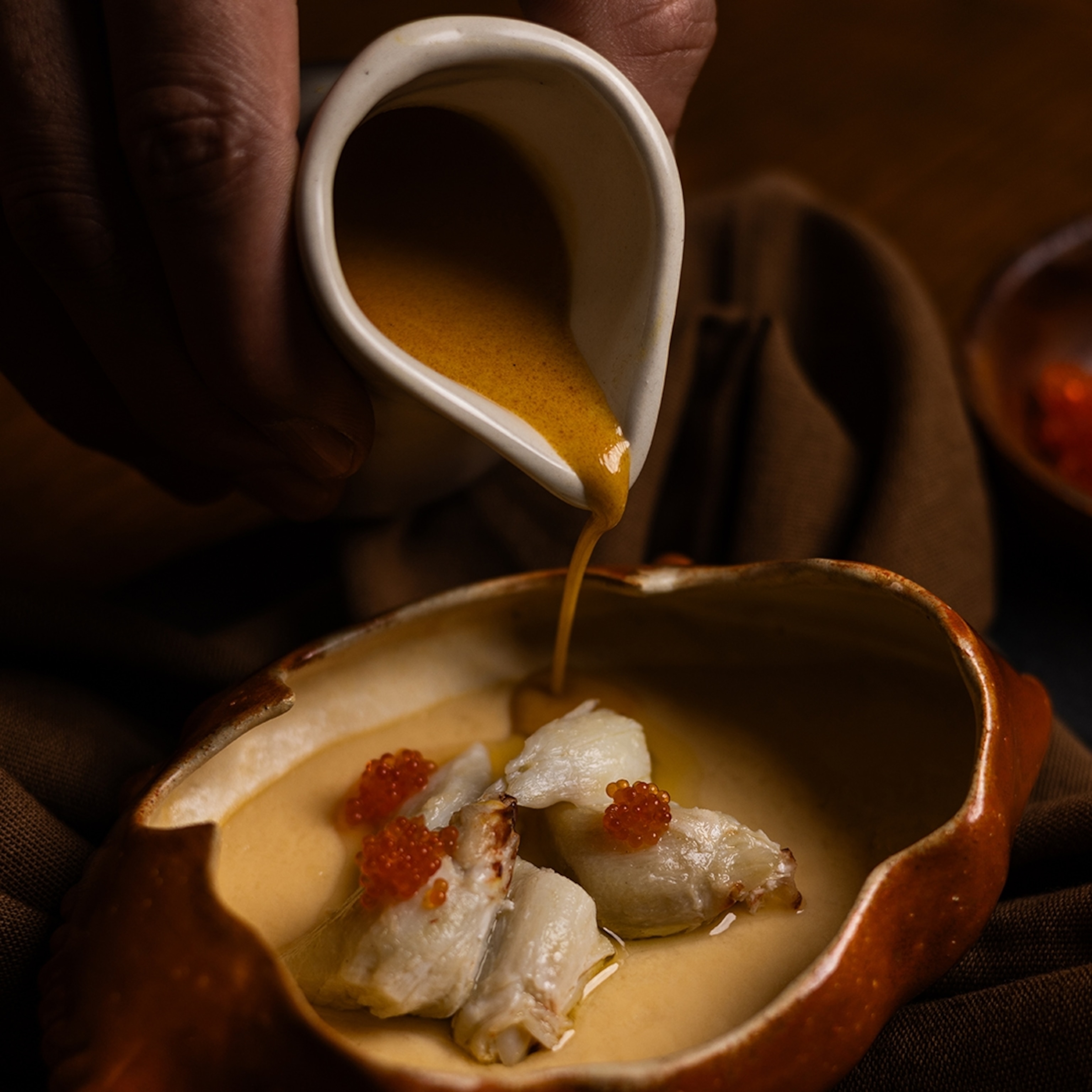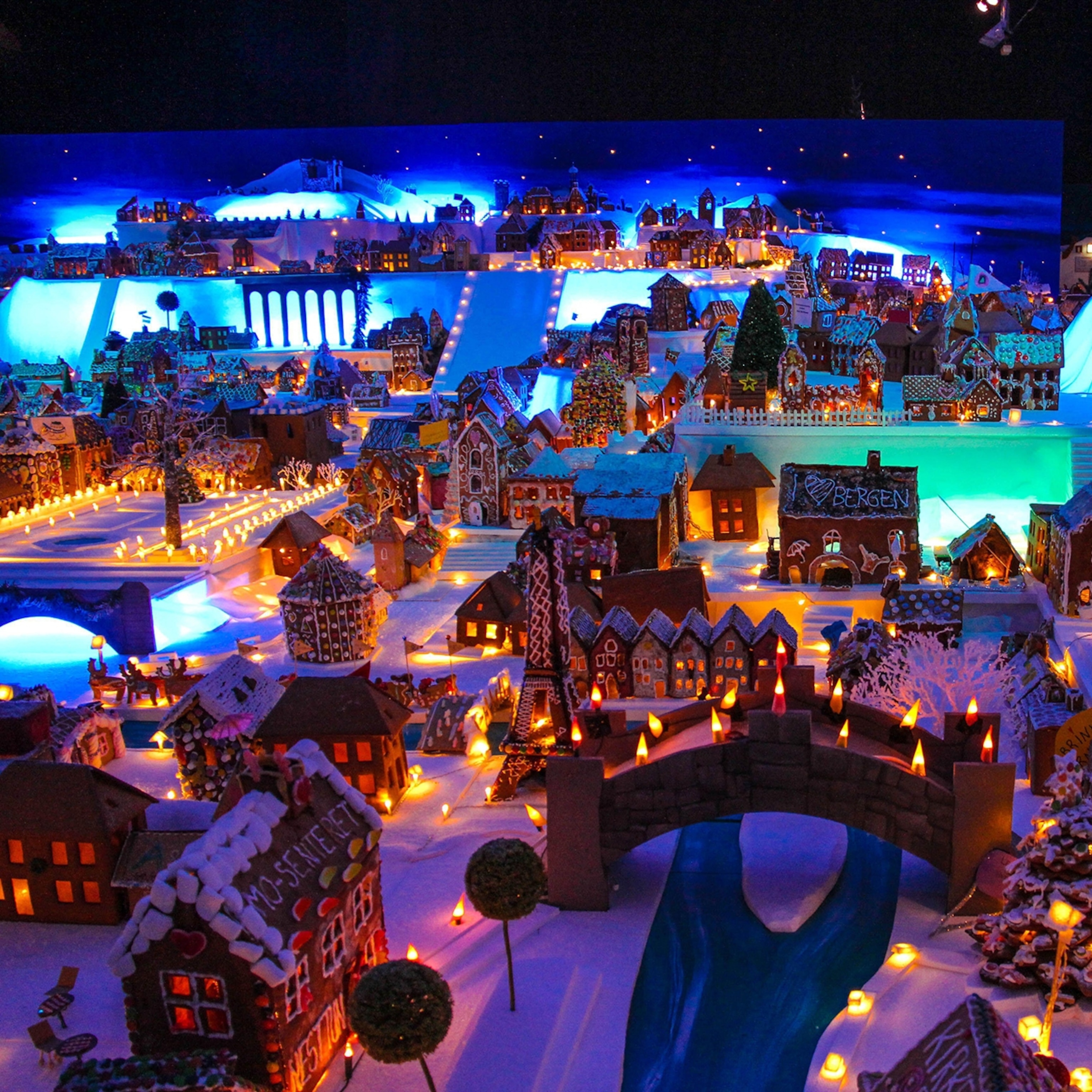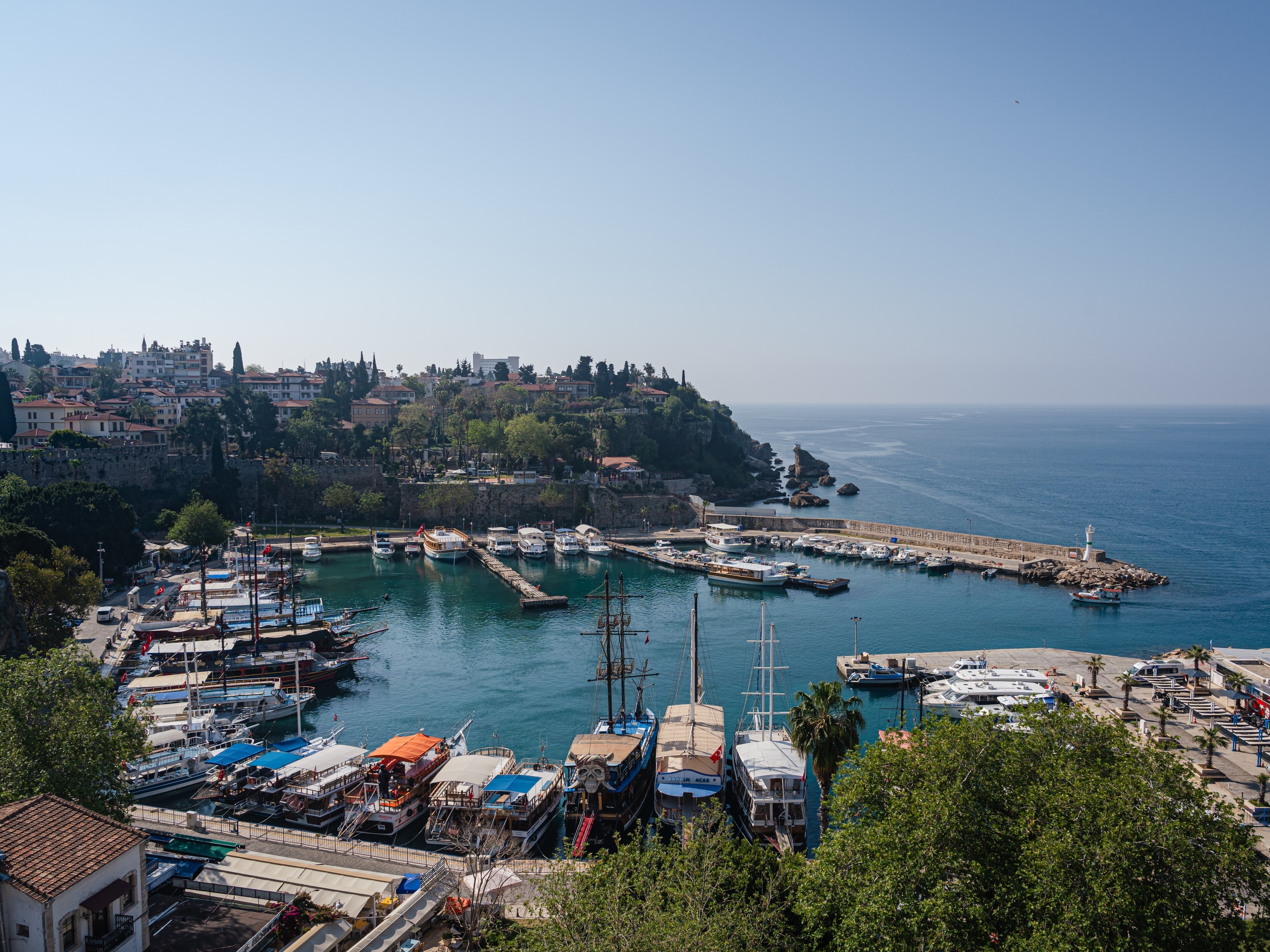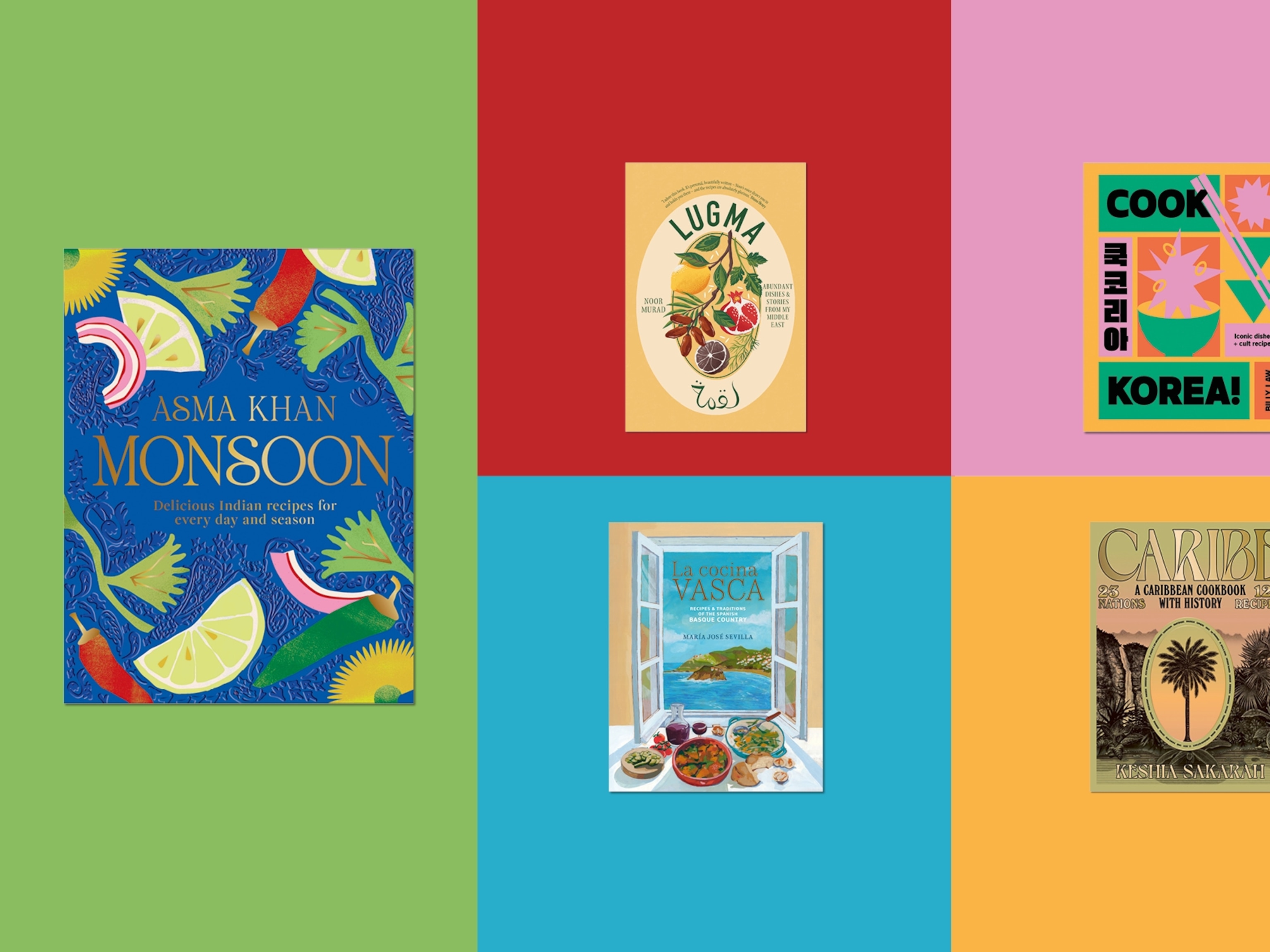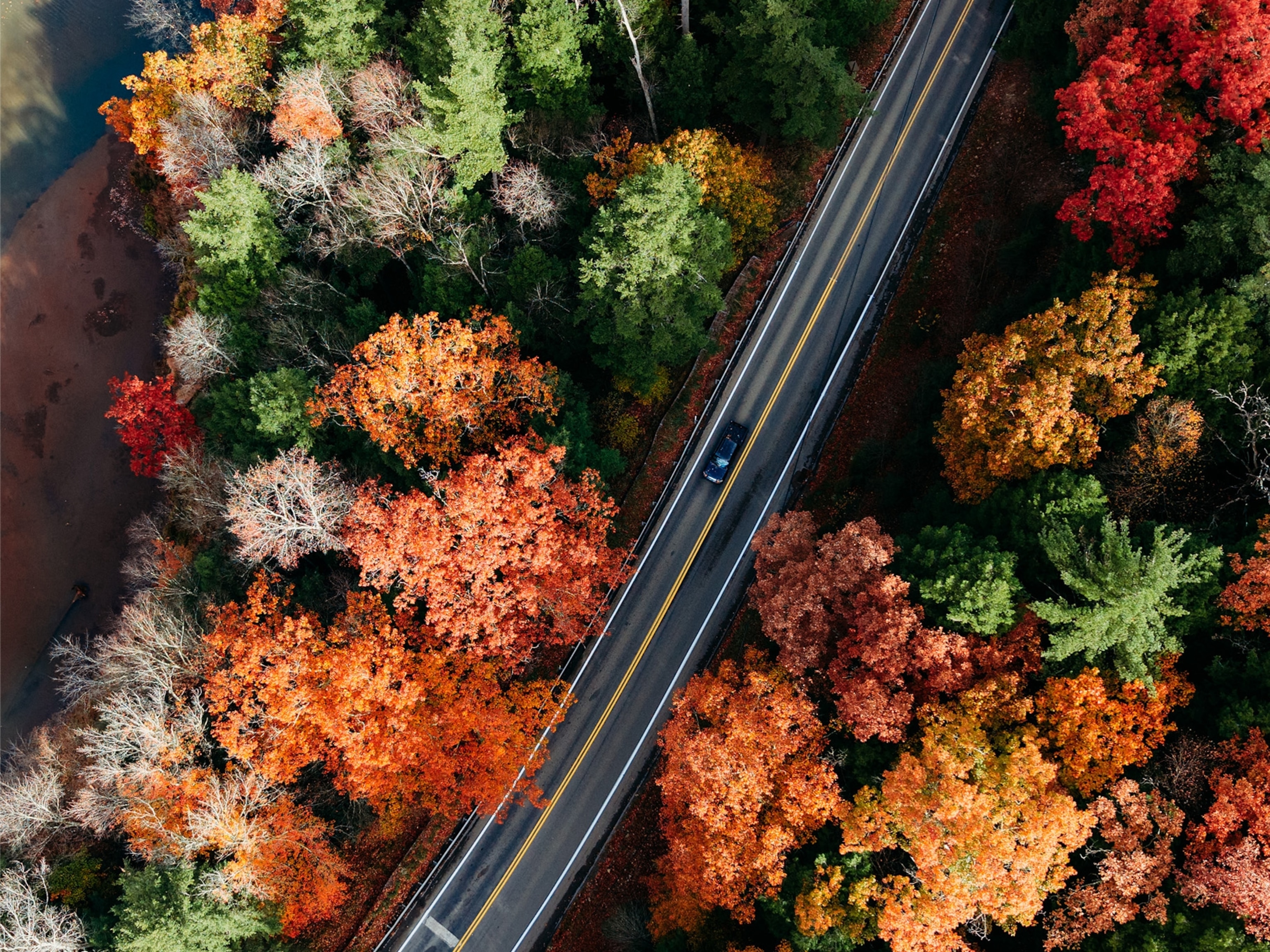
A taste of Jamaica from smoky jerk pork to pineapple carpaccio
The innovative chef: Christopher Golding at Sugar Mill restaurant
According to Jamaican chef Christopher Golding, the produce grown on his doorstep rivals that found anywhere else in the world. Originally from Kingston, Christopher trained overseas before his career brought him to Sugar Mill, on the north coast, where he’s become a champion of local ingredients. “Having travelled to quite a few different places, I’ve come to realise just how good our crops are in Jamaica, especially our ground provisions — sweet potatoes, yams and taro,” he says, pausing for a chat as restaurant service begins. “They’re sweeter and richer; all others taste bland by comparison.”
Showing me around his well-drilled kitchen, Christopher outlines other ingredients that are crucial to his cooking. “Aromatics are very important — my kitchen couldn’t function without bay leaves, peppercorns, thyme, coriander and garlic,” he says, as plates of josper-grilled prawns and callaloo salad whizz past. “And then there’s the scotch bonnet. But I don’t want my guests only tasting the spice; you need a good balance, so I never cut the pepper — I just put it in whole and allow it to give flavour without the intense heat.”
Christopher’s modern take on traditional Jamaican cooking has seen tables at Sugar Mill — set within a verdant former sugar plantation — become some of the island’s most sought-after. I take a seat under the stars in the candlelit garden, a chorus of cicadas and frogs supplying the soundtrack as I consult the menu, which delivers seasonal produce in unexpected forms. Among the starters are pumpkin soup, an island-wide favourite, finessed with coconut milk and jerk-toasted seeds; a rich and unctuous oxtail, served in ravioli parcels; and Jamaica’s national fruit, ackee, which finds itself incorporated into an elegant flan.
While some of Christopher’s inventive creations might raise eyebrows among traditionalists, others follow a more time-honoured approach, served hot from the charcoal grill. Following an earlier recommendation, I order Solomon’s Brochette — an XL-sized mixed grill of pork, beef, shrimp and snapper, named after a much-loved former staff member who clocked up 50 years of service. Delivered with a flourish to the table, the assembly is doused and flamed with aged Appleton rum from Sugar Mill’s lengthy spirit menu. The meal ends with pineapple carpaccio — balanced by subtle hits of allspice, coconut and ginger — and coffee from Jamaica’s Blue Mountains.
As the evening heat starts to subside, Christopher joins me on the terrace, explaining that one of his key motivations at Sugar Mill is to make Jamaican food visible on a global stage. “When people come here from overseas, they want to taste local cuisine,” he says. “Jamaican food, for me, isn’t just about jerk chicken. I want to keep the authenticity of our food and I like to see people using local produce, but I want to re-energise our cuisine and present some of these same ingredients in a new way.”
The jerk joint: Scotchies
“What makes our jerk so special?” the pitman at Scotchies, at Montego Bay, repeats back to me. “We can’t disclose that secret — just know that it’s the best.” A fair deflection, given Scotchies’ formula has seen it become one of Jamaica’s go-to jerk houses, with two sister restaurants in Ocho Rios and Kingston.
With roots in Jamaica’s western Portland parish, where runaway slaves survived by catching wild pigs, jerk pork is as ubiquitous in Jamaica as Bob Marley memorabilia. Tell-tale plumes of smoke can be seen rising from barrel grills across the island, and everyone, of course, thinks theirs is the best.
A foil-wrapped tray arrives at my perch on Scotchies’ flagstoned terrace, accompanied by rice, peas, roasted breadfruit and festivals (fried cornmeal dumplings). Under the foil is a glistening portion of jerk pork with charred skin concealing smoky meat and rendered fat that falls apart under my fork. Back at the grill, the pitman lets me examine his handiwork, telling me that besides the detour-worthy pork, this place gets through 600 chickens a day.
Although a purpose-built pit has replaced the hole in the ground of old, and it’s corrugated zinc rather than a banana leaf that keeps the heat in, Scotchies takes a time-honoured approach to its star attraction. The pork is scalded in water before the application of a dry rub containing cloves, pimento, black and white peppercorns, salt and the ubiquitous scotch bonnet; it’s then left overnight. Crucially, it’s cooked directly on pimento wood, which gives the meat its smokiness. And as that pungent smoke wafts across Falmouth Road, the procession of cars pulling up for lunch is proof the appetite for Scotchies’ secret recipe shows no sign of waning.
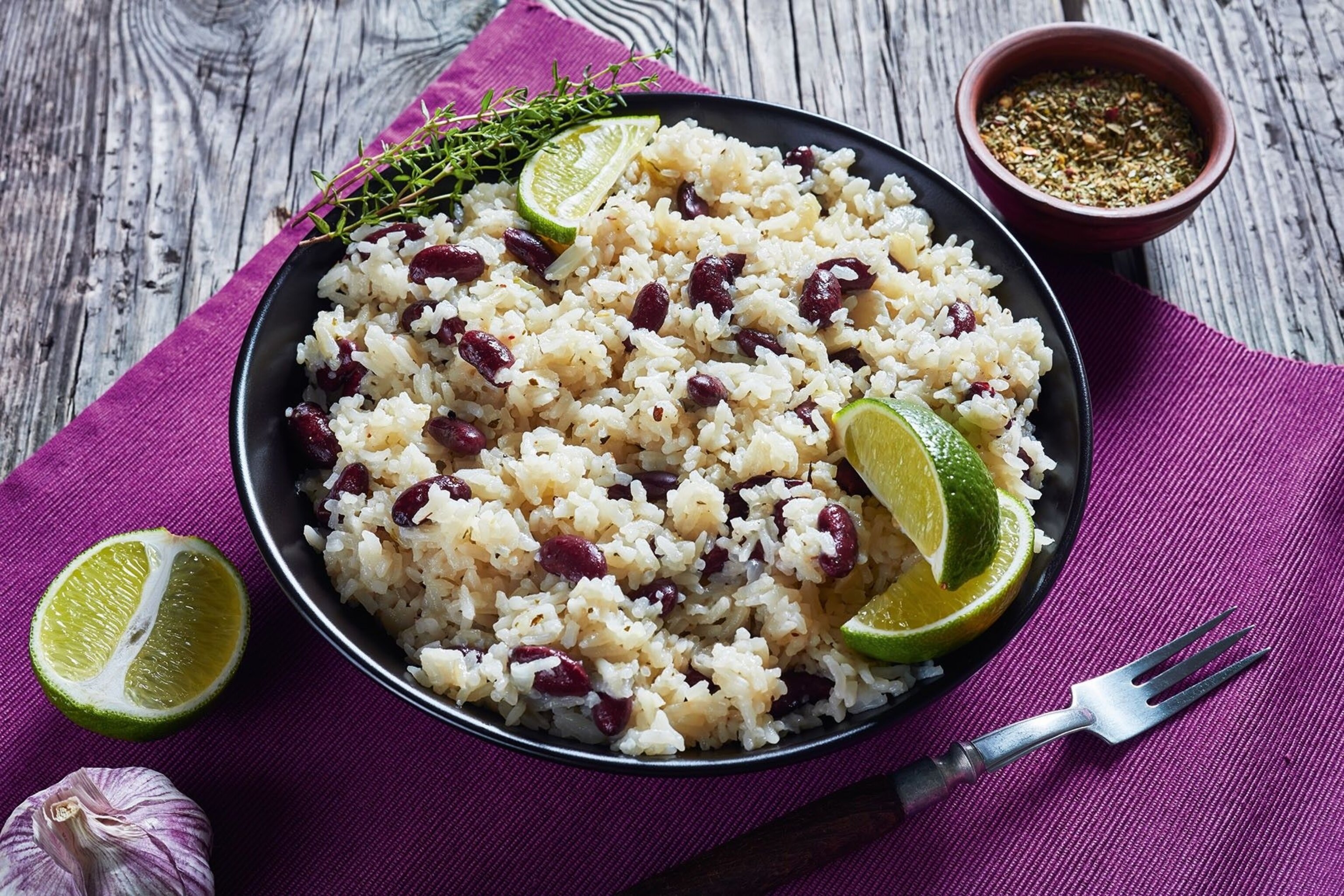
The coffee plantation: Craighton Estate
Leaving Kingston in the rear-view mirror, we ascend into the verdant foothills of Jamaica’s Blue Mountains. “Sorry about the road — this is how you dance reggae in Jamaica,” laughs the driver as we career around hairpin bends that bring forested gullies into view.
A UNESCO World Heritage Site, the mountain range provides the perfect growing conditions for coffee that ranks among the world’s best. As we pull into the 200-year-old Craighton Estate, 3,100ft above sea level, I’m met by tour guide Jerome Thomas, who explains why the crop here stands out. “Blue Mountain coffee is the champagne of coffees. The entire island can produce coffee but the altitude, volcanic soil and microclimate make it special,” he says, climbing a path past mango, banana and avocado trees and rows of ripening coffee plants. “All year round, we get even sunshine, humidity and rainfall.” One of 20 registered coffee estates in the Blue Mountains, Craighton is the first in the Caribbean to be certified by the Rainforest Alliance, heralded for its planting of indigenous species and use of natural fertilisers.
“We can’t compete with larger producers on quantity but we can compete by producing the highest-quality arabica,” Jerome tells me over a cup. According to him, the coffee’s longer growing time makes it naturally alkaline, highlighted by the golden ring visible around the edge of my cup. “It’s full-bodied and smooth, and, as the beans contain natural sucrose and glucose, you shouldn’t need any sweeteners.”
Reclining in his seat, Jerome pours sweet condensed milk into his cup. Clocking my reaction, he says, “Do as I say, not as I do — this is the Jamaican way.”
The market: Falmouth
Trelawny is one of Jamaica’s biggest farming parishes, and the market at Falmouth, its capital, is an excellent spot to get to grips with its abundant produce. Having retained much of its colonial-era architecture, Falmouth is a popular stop-off for cruise ships, but the Saturday market is very much a local affair,
with residents flocking here to stock up on herbs, spices and other provisions for the
week ahead.
Holding a paper cup of warm, nutmeg-spiced plantain porridge, I meet Tee, who advises I wear gloves to handle the scotch bonnets on her stall, before explaining how the riper red and brown peppers are the ones truly packing heat. Further on, past piles of sugar cane and potatoes, I’m shown how to spot ripe ackee — a fruit that’s boiled and served with sautéed saltfish — and why it’s important to remove its poisonous seeds and lining beforehand.
As I leave, stallholder Claude offers me freshly butchered goat meat. With a long journey ahead of me, I can’t accept, but he gives out recipe advice nonetheless, urging me to rub in cloves, ginger, garlic and spring onions before sticking it on the grill. “Now that’s good nyammin’,” he says, throwing in the Creole word for ‘eating’ for good measure.
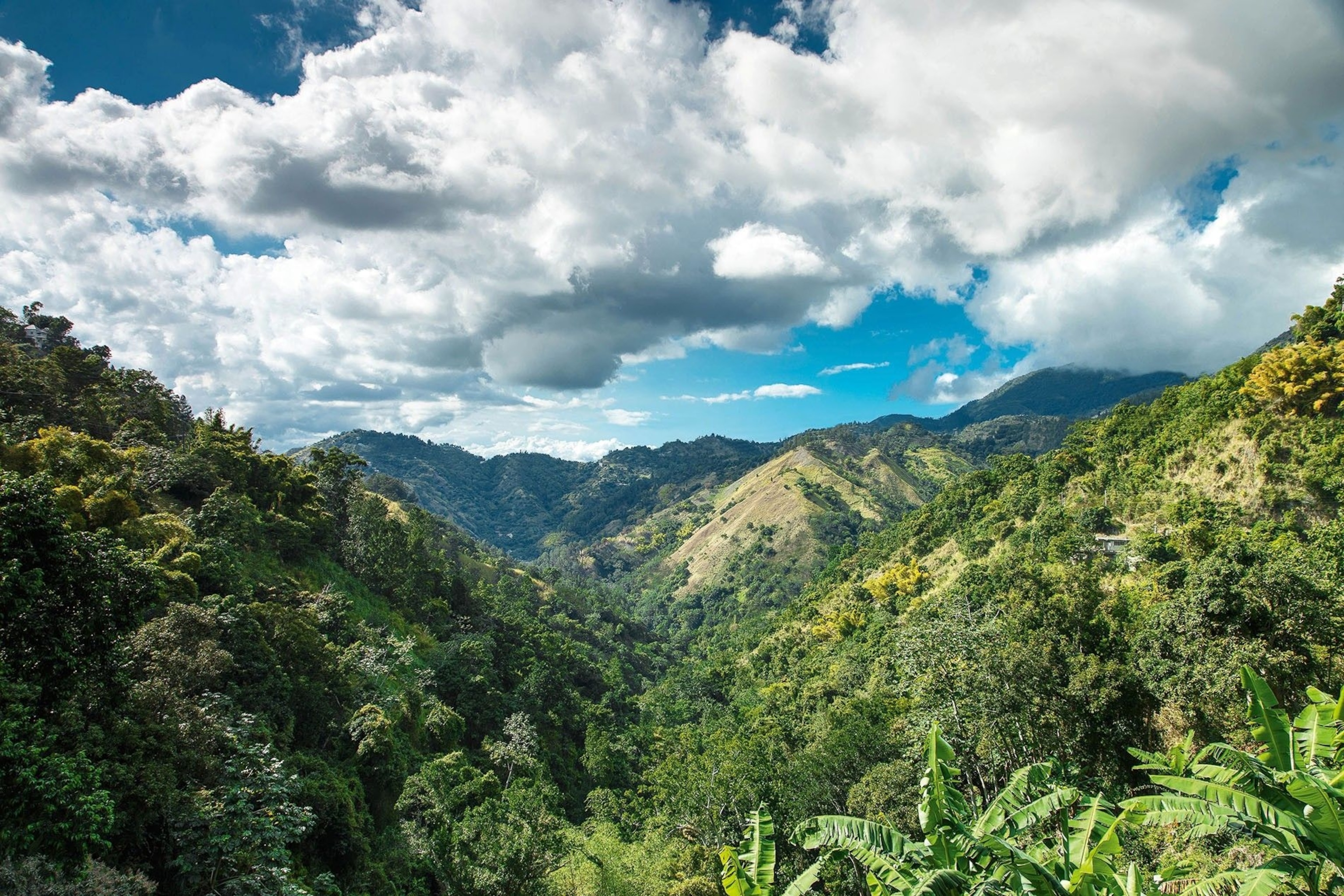
The rum distillery: Hampden Estate
“Our rums are so complex they’re described as ‘funky’ — it’s hard to pick out a particular smell,” says Steve Watson, the manager of the Hampden Estate, during a tour. Although it’s only been Jamaican-owned since 2009, the Trelawny rum distillery has barely changed in centuries, and still using heavy pot stills to impart a heavier, deeper flavour.
Part of its unique flavour profile stems from the use of dunder (the yeasty waste liquid from previous distillations) in its production. Steve tells me the resulting rum contains more esters (fragrant organic compounds) than any other in the Caribbean. This high-grade bouquet means the rum has even been snapped up by Chanel for its perfumes.
As Steve pours a 63% proof Rum Fire Velvet, which brings tears to my eyes, I ask why other companies don’t follow suit. “Maybe they just don’t care enough about flavour,” he replies.
Jamaican originals: two to try
Patties
Inspired by pastries brought over by European colonists, improved with cumin and curry powder introduced by Indian servants, and enhanced further with locally grown scotch bonnet, patties are the ultimate in fast food. Egg yolk gives the pastry a golden shade, while minced beef, curried chicken, cheese and callaloo are among the most popular fillings.
Sweet potato pudding
‘Hell a top, hell a bottom; hallelujah in the middle’ is the Jamaican name for this dense sweet potato cake (a reference to the Dutch oven it’s traditionally cooked in, with hot coals below and above). Recipes vary across the island; some swap sweet potato for cornmeal, and additions include coconut milk, rum, nutmeg and Red Label Wine (a fortified wine).
Essentials
Getting there
Virgin Atlantic flies to Montego Bay, while British Airways flies to Kingston, both from Gatwick.
Staying there
Half Moon has B&B doubles from £300 a night. Sandals Montego Bay has a week, all-inclusive, from £2,075 per person with flights and transfers.
More info
visitjamaica.com
Published in the April 2020 issue of National Geographic Traveller Food
Follow us on social media
Twitter | Facebook | Instagram
